Sucked in by spurious claims of the loss of 99 per cent of all coral reefs, mounting natural disasters, a permanent drought in the Murray Darling, and illusions that fossil fuels are archaic, Labor is preparing to announce its energy policy.
Earlier this week, in a dummy run, Energy spokesman Mark Butler claimed, in the context of apparent public support for renewables, that we can up the government’s 23 per cent renewable energy share, which includes about eight per cent of (currently unsubsidised) hydro, to 50 per cent and also see electricity prices fall.
Bill Shorten is to formally launch the ALP “have our cake and eat it” policy on Thursday. This comes at a time when wholesale electricity prices for 2019 are around $95 per MWh, more than double prices just three years ago.
In claiming that its more intensive subsidy policies will lower overall electricity prices, the ALP platform is supported by the same confident predictions that have favoured existing renewable energy subsidies. Such predictions rest on modelling exercises by the main energy modellers, Jacobs, Deloittes, Frontier, Repu Tex, and ACiL. These presume that wind and solar generators, with a subsidy presently standing at $80 per MWh, (double the market price before subsidies started to bite) will bring low prices when they run and force other suppliers to fill the supply valleys when wind/solar are unavailable.
Based on these premises, in 2016, Jacobs calculated that existing subsidy policies would bring prices of $50 per MWh in 2020 and that more generous regulatory measures would lower prices to only $30 per MWh. In 2017, Frontier thought the prices in 2020 would be $40-45 per MWh depending on how lavish the regulatory supports were, while Jacobs in that year offered a more sober prognosis of $75 per MWh. And earlier this year ACil forecast 2020 prices at $43-50 per MWh, again depending on the degree to which regulations penalized coal and advantaged renewables.
Undaunted by such failed prophesies, the modelling duel continues in the Victorian election with the Liberals drawing on work by Frontier to claim their policies will result in a $350 per year saving to households while the ALP prefers the Repu Tex work commissioned by Greenpeace that, in spite of the actual forward market data, shows a steady downward price trajectory from 2018 for all proposals but more so for Labor’s. And the Business Council has commissioned more work to justify its own policy proposals ahead of the federal election.
Labor’s faith in lower prices stemming from the modelling assumptions and a surge of new renewable supplies is not markedly different from the assumptions underpinning the government’s own policy views. It too expects the subsidies to produce a fall in wholesale prices. Notwithstanding the failure of renewable subsidies to achieve previously predicted nirvana prices, they remain the politicians’ favoured elixir.
Some argue that the recent price upsurge resulted from an unexpected closure of Hazelwood in Victoria. But that closure was caused by the very policies presently being implemented, namely forcing out power that, though cheaper, is not being subsidised by renewable energy policies. In Hazelwood’s case, this was reinforced by the Andrews Government’s increased royalties.
Policies that force baseload generators to adapt to the variability of wind and solar raise costs. The fossil fuel generators will try to recoup these in higher prices and when they cannot they will close, an event that has the same price-lifting effect.
The fact is that wind/solar require a price from subsidies and customers combined of at least $100 per MWh and more if their intermittency is married – as it must be – to a contract with a fossil source or batteries – to ensure its generation is reliable. Current policies, even more so those of the ALP, mean the price must stabilise at this level of over $100 per MWh.
The outcome of a doubling of electricity prices on the wholesale market is not the only effect. The replacement of stable generation from highly centralised locations by intermittent power requires the market manager to take other costly actions, charged to consumers, to ensure a secure supply as well as entailing additional spending on transmission lines.
By embracing the myth that wind and solar are or are about to become the cheapest source of energy and using subsidies to force this along, Australia has sacrificed its former global pole position in low-cost electricity cost. The easily visible costs of this seen in household bills are vastly compounded by the higher costs incorporated into all the goods and services we buy.
Alan Moran is from Regulation Economics. His latest book is “Climate Change: Treaties and Policies in the Trump Era”.
Got something to add? Join the discussion and comment below.
Got something to add? Join the discussion and comment below.
Get 10 issues for just $10
Subscribe to The Spectator Australia today for the next 10 magazine issues, plus full online access, for just $10.

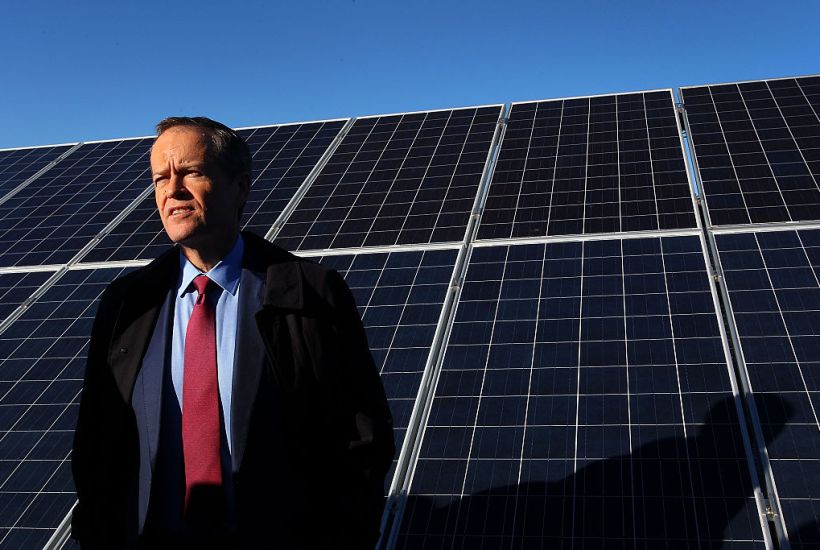
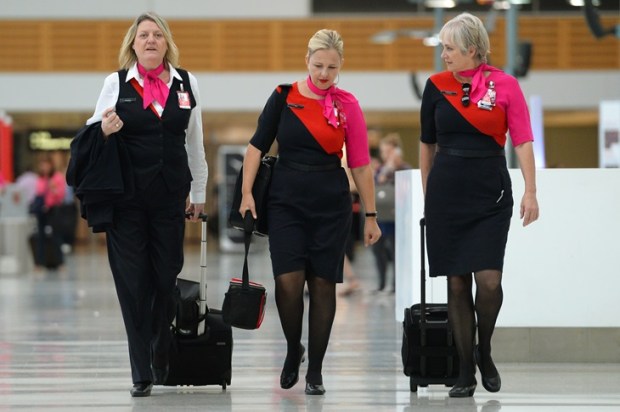
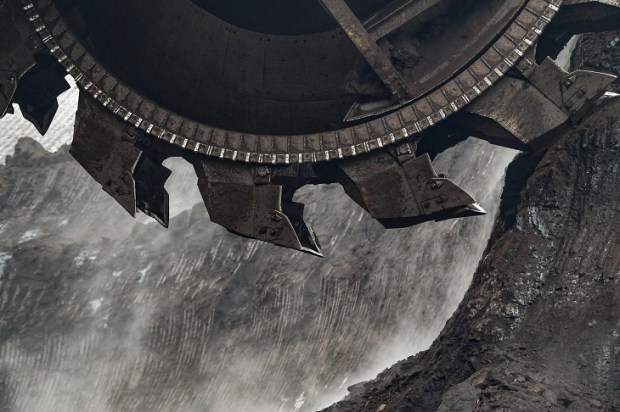

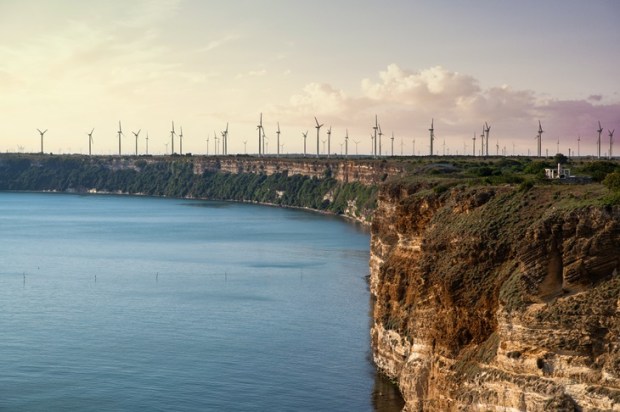

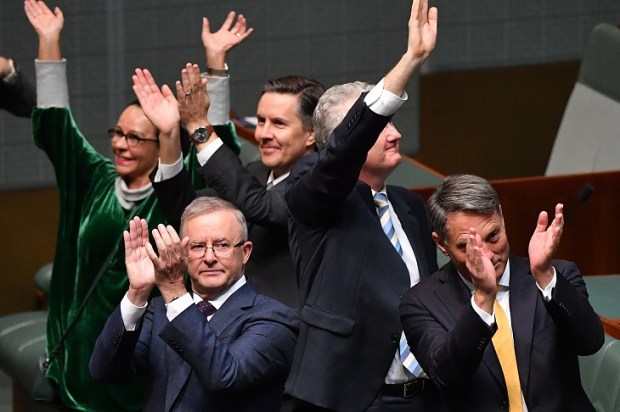


















Comments
Don't miss out
Join the conversation with other Spectator Australia readers. Subscribe to leave a comment.
SUBSCRIBEAlready a subscriber? Log in